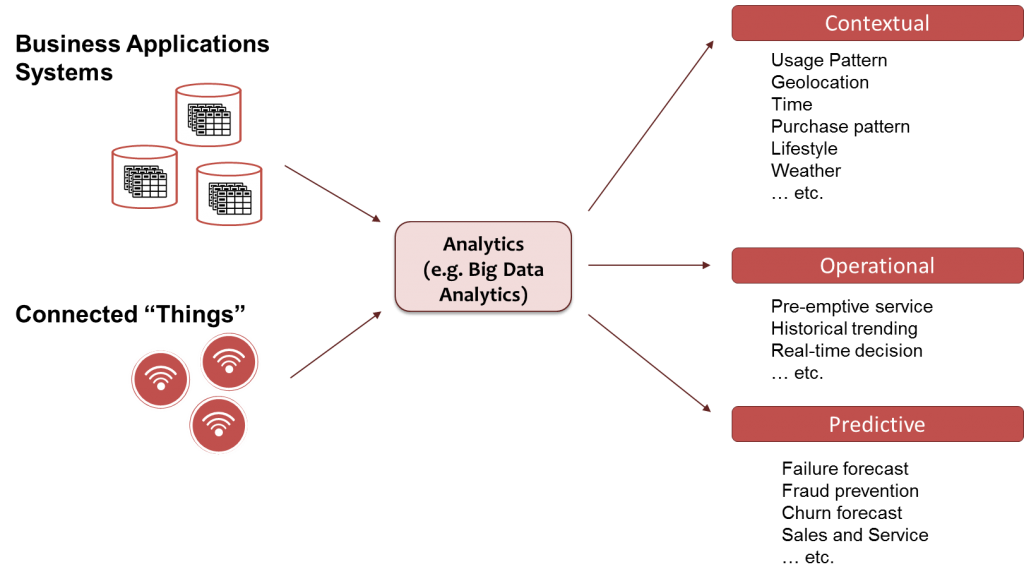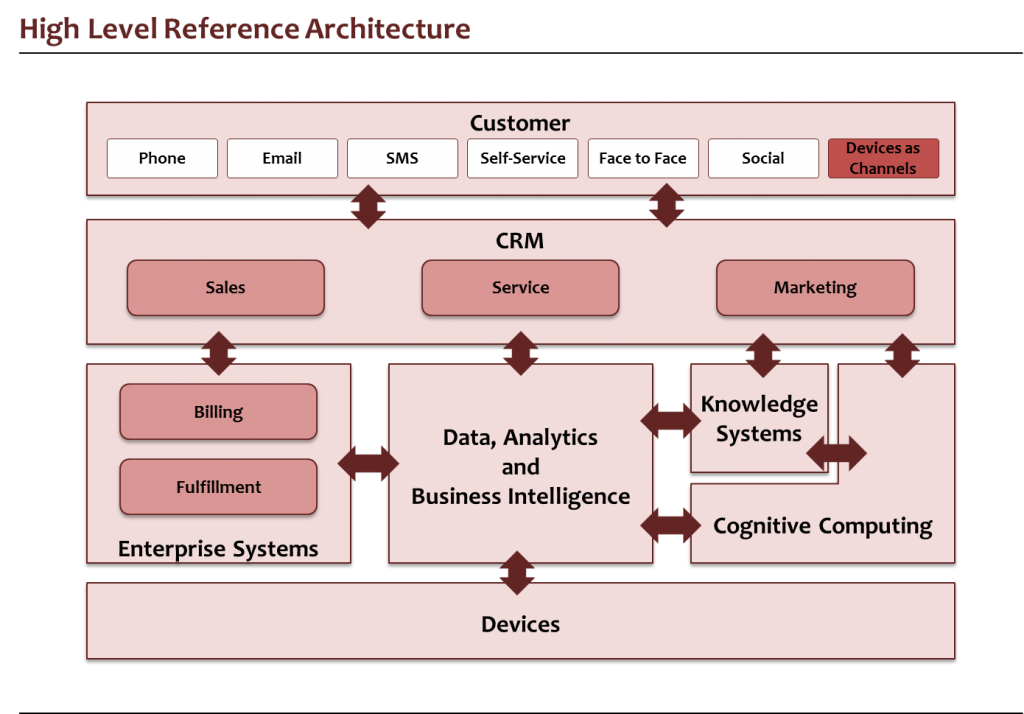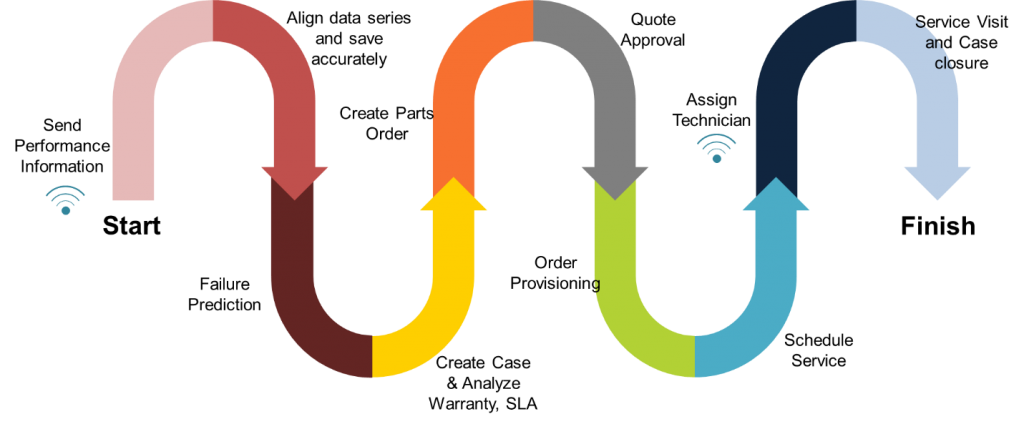British computer scientist Sir Tim Berners-Lee invented the Word-Wide-Web 28 years ago. First-ever world wide web went online in the year 1991. Today, internet has become the main vehicle for information exchange, commerce, communication and has become an integral part of day to day life. Technology and internet adoption over this decade has seen fundamental changes in the way people interact with one another.
Worldwide, it is not just us humans that are connecting to the internet anymore. With the influx of technological advancements, objects are connecting to the internet too and interacting with humans, smart & intelligent systems and exchanging data.
The first linking of objects to the internet through RFID was done in 1999 at MIT by Sanjay Sarma, David Brock and Kevin Ashton. Kevin Ashton coined the phrase “Internet of Things” when he was working on a presentation.1
The Internet of Things (IoT) is revolutionizing how everyday things and people interact with one another via the internet. Internet of things goes beyond Machine-to-Machine (M2M). Things in IoT can refer to wide range and not just M2M. IoT devices collect useful data with the help of various existing technologies and then autonomously flow that data to other devices and systems. IoT has provided new revenue streams for the businesses, improved quality of life in some sectors, and provided new innovative products and services. IoT involves devices connected to the internet, thereby solving day to day problems of people and businesses in an ingenious and simple way.

Explosive Growth in Connected Devices
It is the convergence of multiple factors and technologies – wide availability of cellular data network, Wi-Fi communication, mobile devices penetration, smart devices adoption, real time analytics, machine learning, sensors, embedded systems, faster communication speeds, big data, cloud applications and systems capability maturity etc. that have contributed to the growth of IoT.
2016 saw 6 Billion connected “Things”. IoT devices are expected to surpass 8 billion in 2017, outnumbering the world’s population. Consumer segment in IoT has the largest share of 5 Billion connected devices, and rest 3 Billion is expected to be used by Business segment. It is expected that overall IoT spending will be $1.6 trillion in 2017, and there will be 20 Billion connected “Things” in 2020.4
[T]here’s no question in my mind the next generation of CRM is an IoT application and we are most certainly working on that.” – Thomas Siebel5
Businesses are taking it so seriously that some companies have started chalking out senior executive roles e.g., VP-IoT just to focus on IoT. Similarly, roles of Chief Data Officer, Chief Digital Officer etc. have been carved out to make sense of this immense data being generated by IoT so as to gain early mover advantage or not to lag behind in the competition.
IoT has already entered almost every domain. E.g. Automotive (part sensors, connected cars, self-diagnostic engines), Agriculture(meters), Consumer Electronics (LED lighting, smart TVs, set top boxes, robotic vacuum, ovens, air purifier, refrigerators), Farming (transponders on farm animals), Healthcare (heart monitoring implants, biochip, assistance free living), Home Automation (control and automation of lighting, HVAC control, smart thermostat, smoke detection), Hospitality (smart check-in/out, smart selling), Lifestyle/Wearable Devices (Fitbit, Google Glass, FuelBand), Manufacturing (sensors), Retail (smart checkout, one-click replenishments), Security (Cameras, encryption, firewall, detection alerts, smart locks), Utility (energy meters, home energy management solutions) and Cross industry (In-vehicle payment for parking, fueling) etc.
There is tremendous potential for innovative products and services in almost all spheres of life, in vertical solutions and cutting across industries. The potential uses of IoT are limitless.
What it means for CRM
IoT has profound impact on CRM as the immense IoT data containing customer information and contextual inputs can drastically enhance CRM capabilities. This future of CRM is powered by cognitive computing, big data analytics, deep industry knowledge and business functional flows.
In 2014, Gartner predicted “CRM will be at the heart of digital initiatives in coming years. This is one technology area that will definitely get funding as digital business is crucial to remaining competitive”. Later, it added Internet of Things as the fifth driver of CRM to the “The Nexus of Forces”6. The other four drivers are Social, Mobile, Big Data and Cloud.
IoT brings the next level of maturity to CRM. CRM has seen evolution in the last two decades: Operational to Analytical to Social to now as the “CRM of Everything” with humans at the center.

Opportunities for CRM
The strength of IoT in CRM lies in how to make sense of the historical enterprise data, connect it with real-time data from “Things” and generate insights to take action. It is all about data and technologies, and how CRM can make use of it. The outcomes of this could be used in real time or deferred for future usage when there is a right “context”. Within the right context, data presents opportunities based on customer behavior, location, needs and patterns. Be it Sales, Service or Marketing, all these CRM functional areas and related areas stand to gain from IoT. It is not just the improvement in customer experience, but also a new revenue stream for businesses.

With connected devices constantly sharing the information (e.g., customer behavior, activities, preferences) with intelligent systems, a golden opportunity exists for businesses to capitalize on this vast amount of quality data and deep insights.
Today, CRM is about managing customer relationships with customer at its core. Companies strive to provide superior and optimized customer experience irrespective of channel – where IoT devices itself are one of the channels. The close interaction of devices with intelligent systems opens up whole new world to deliver personalized and contextual offers, services and superior support while at the same time continuously innovating products and services.
Service and Support
Connected “Things” are also channels. Companies can improve the service through combination of multi-channel interactions and knowledge bank.
Service quality improvement by reducing the cycle time by leveraging the real time integration of “Things” with corporate systems.
Improve Service
- Report problems in real time to company’s customer service organization.
- Perform superior services using the holistic view of customer information and device (location, weather), profile, preferences etc.
- Do automatic diagnostic and provide fix instructions using the latest knowledge management database and cognitive systems e.g., IBM Watson or similar cognitive system.
- Send problem diagnostic information along with GPS positioning and other contextual inputs.
- Forecast future service issues and create service tickets to solve the failure/problem even before they happen by connecting product details, breakdown history, other service calls and trend analysis leveraging cognitive computing and advanced analytics. Devices will be self-aware and request maintenance support, fix proactively without customer intervention.
- Send out notifications for routine service, proactively create service tickets.
- Create request for service automatically, order parts or even whole product, schedule service technician visit, automatic parts return scheduling and warranty. Route tickets based on problem details.
- Knowledge database can expand and self-learn continuously with IoT data, service issues and customer interactions.
Industry Specific Use Cases
- Monitoring patients in real-time remotely and proactive appointments.
- Inform service crew intelligently in case of energy failures (gas, electricity etc.), and also help in finding the fault. Inform affected customers about service interruption on their devices.
Reduce Support Cost
Since devices can request proactive maintenance & support, customer calls to the company are bound to reduce, hereby reducing support cost. In cases where customer ends up calling, Service representative will have details of the customer problem beforehand, thereby cutting the call time, reducing call hand-offs and also improving support KPIs e.g., “Right First Time”, “Wait time” and “Average Call Handling Time”.
Reduce Churn
Using business applications and IoT data, organizations can predict whether a customer is at churn-risk and take proactive measures to meet his expectations, taking away much costlier options of acquiring customer and intangible losses (customer trust). Trending based on location, pricing, service issues, product portfolio, buying trends, demographic information and previous churned customer’s analysis can provide a much more insightful and accurate churn prediction.
Marketing
Contextual Marketing Promotions
Innovative products, pricing and offers in almost real-time without need to base it on statistical models. E.g. contextual and personalized offers based on various factors on customer’s location, current context, purchase patterns, customer behaviors, activities and demographic details etc.
New Channels
Smart devices and things are new channels for digital marketing. IoT will provide opportunity as companies will know where and how the customer is using the service/product, what he has already purchased, his activities, his social behavior and demographic information. By using this information, companies can do better segmentation in real time and provide more accurate offers – increasing their spending and drives repeat visits.
Industry Specific Use Cases
While driving long distances – companies can do real time tracking of customer activities, previous purchase history and time inputs. Then, devices as marketing channels can provide offers in hospitality and beverage industries.
In retail, if a customer has searched a product online and then makes a store visit, companies can offer him a specialized price, VIP deals based on loyalty inputs.
Sales
Provide Phenomenal Sales Experiences
The moment a customer walks into the store, know his/her preferences and present him/her with right products and services. This also provides opportunity for cross-sell/upsell. Using historical information of the customer and what other similar customers have purchased – offers can be made with more chances of success.
Sales by Connecting Dots
Using historical purchase information of other customers about a product or service, how are use it, connect this with context of customer and use this knowledge in promoting offers to customer as soon as the opportunity presents itself.
Real-Time Pricing Adjustment
Use real-time data for additional revenue opportunities, e.g. be able to charge premium depending on demand surges. E.g., Real-time pricing in Transport, Telecom industries
Intelligent Ordering
- Intelligent & Automatic replenishment Orders based on consumption patterns, running out of product
- Replenishment orders on click of a button
Product Innovation
Support issues and usage behavior coupled with detailed diagnostic information collected and shared by the sensors digitally, can be a great source for continuous improvement of products and innovative services.
Knowledge Enhancement
IoT can greatly help in expanding the knowledge bank and enhancing the knowledge quality, thereby enriching analytics, cognitive computing and improving the results.
Architecture
Superior customer experiences will involve customers, company’s enterprise systems, CRM system, Big Data Analytics, Cognitive Computing and “Things”. Success, to a large extent, will depend of automation and intelligent systems. Connecting customers to the IoT will require integration of devices with capable big data analytics, back office systems, enterprise applications, Knowledge systems and Cognitive Computing and Artificial Intelligence.

Joyful customer service – A real-life example:
An automobile can send health information of its critical components in real-time along with vehicle information, customer information and geolocation details. This data is analyzed for trending and compared with historical data of a similar vehicle. Machine learning (cognitive computing) analyzes and forecast failure of a critical component. This actionable insight is then automatically fed into CRM to create a Case, ascertain warranty and create a “parts” order automatically. CRM automatically sends a quote to the customer, which upon approval submits parts order for provisioning and sends service scheduling options for the nearest location based on the vehicle’s geolocation. Upon customer’s acceptance, service order is created and a technician is assigned for appropriate service. Service technical assignment takes into consideration technician’s skillset and availability. Notifications are sent to customer at every stage.

Conclusion
IoT is one of the most important trends of digitization today. Many business initiatives including CRM are to gain immensely from increasing penetration of connected devices in all spheres of life. IoT as a new channel holds a lot of promises for CRM. IoT coupled with deep domain knowledge has the ability to transform CRM and provide joyful customer experience.
References
- MIT Internet of Things Bootcamp!. Retrieved August 14, 2017, from http://bootcamp.mit.edu/iot/
- Internet World Stats. Retrieved August 16, 2017, from http://www.internetworldstats.com/stats.htm
- GSMA Intelligence. Retrieved August 16, 2017, from https://www.gsmaintelligence.com
- Gartner Newsroom Feb 7, 2017. Retrieved August 16, 2017, from http://www.gartner.com/newsroom/id/3598917
- Why Thomas Siebel made the move from CRM to industrial IoT (and back again?). Retrieved August 16, 2017, from https://architecht.io/why-thomas-siebel-made-the-move-from-crm-to-industrial-iot-and-back-again-eb40bb2baf7a
- Gartner Says CRM Will Be at the Heart of Digital Initiatives for Years to Come. Retrieved August 13, 2017, http://www.gartner.com/newsroom/id/2665215



